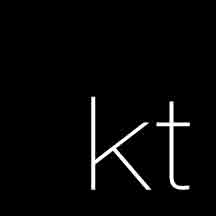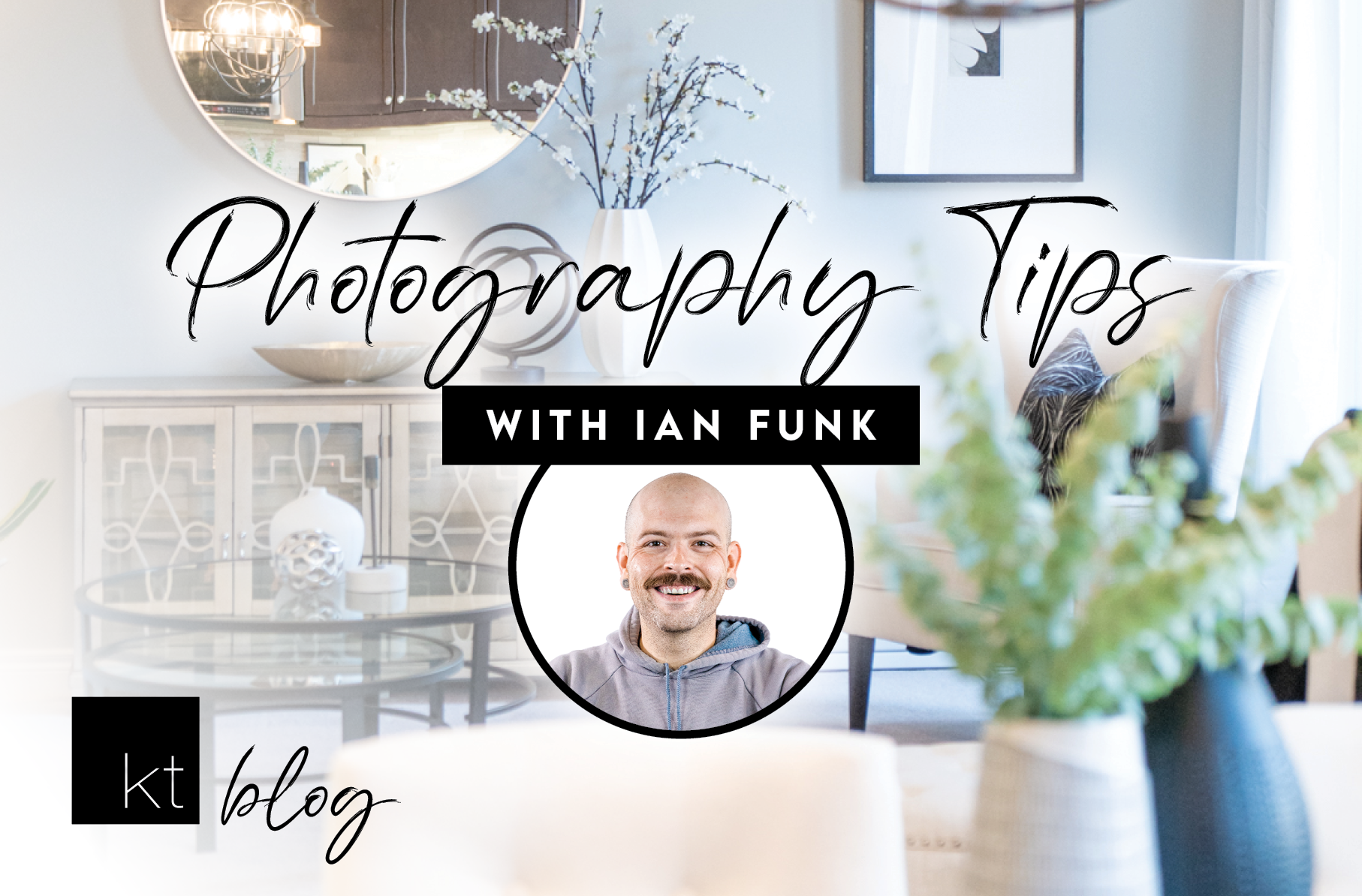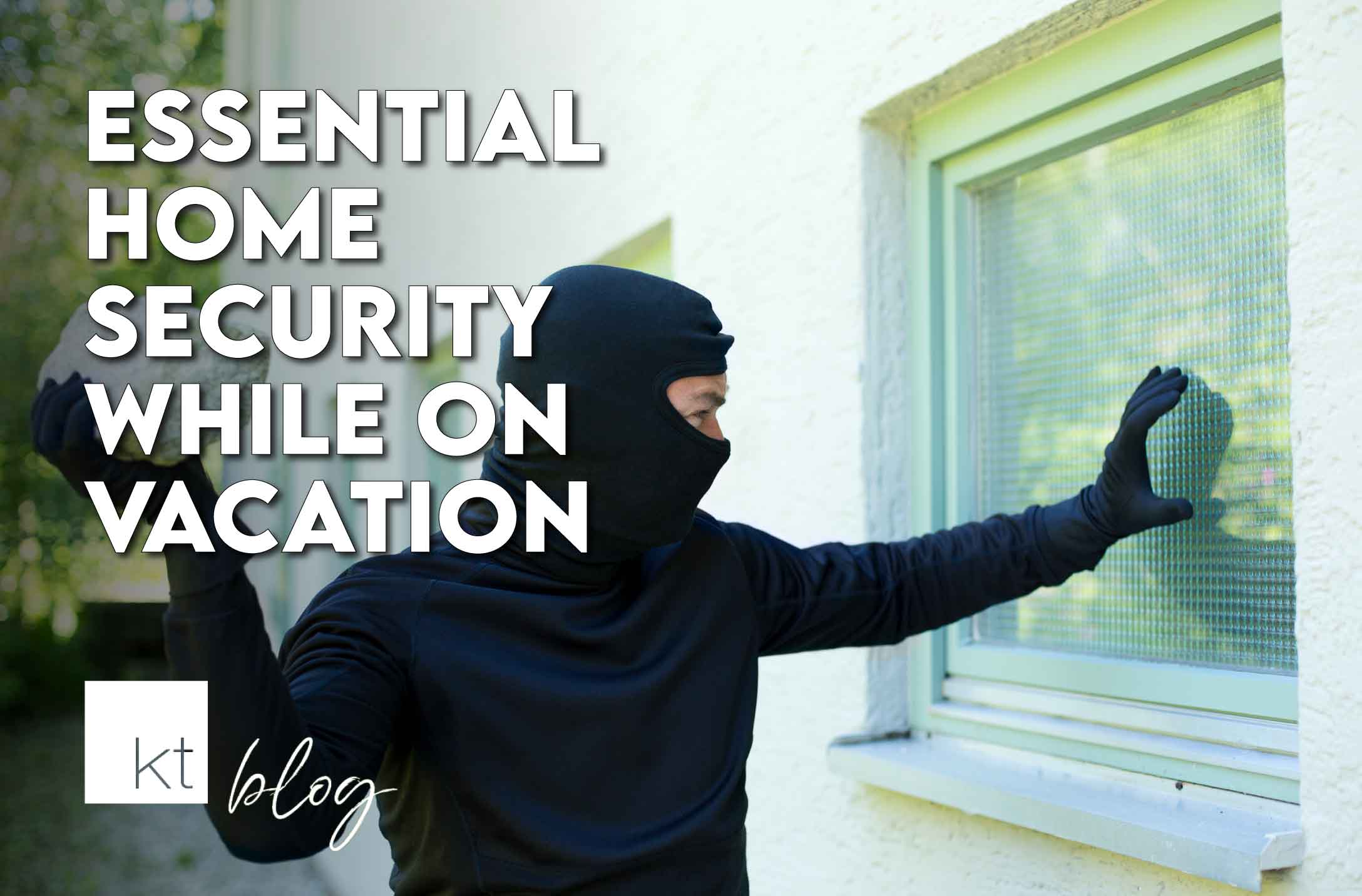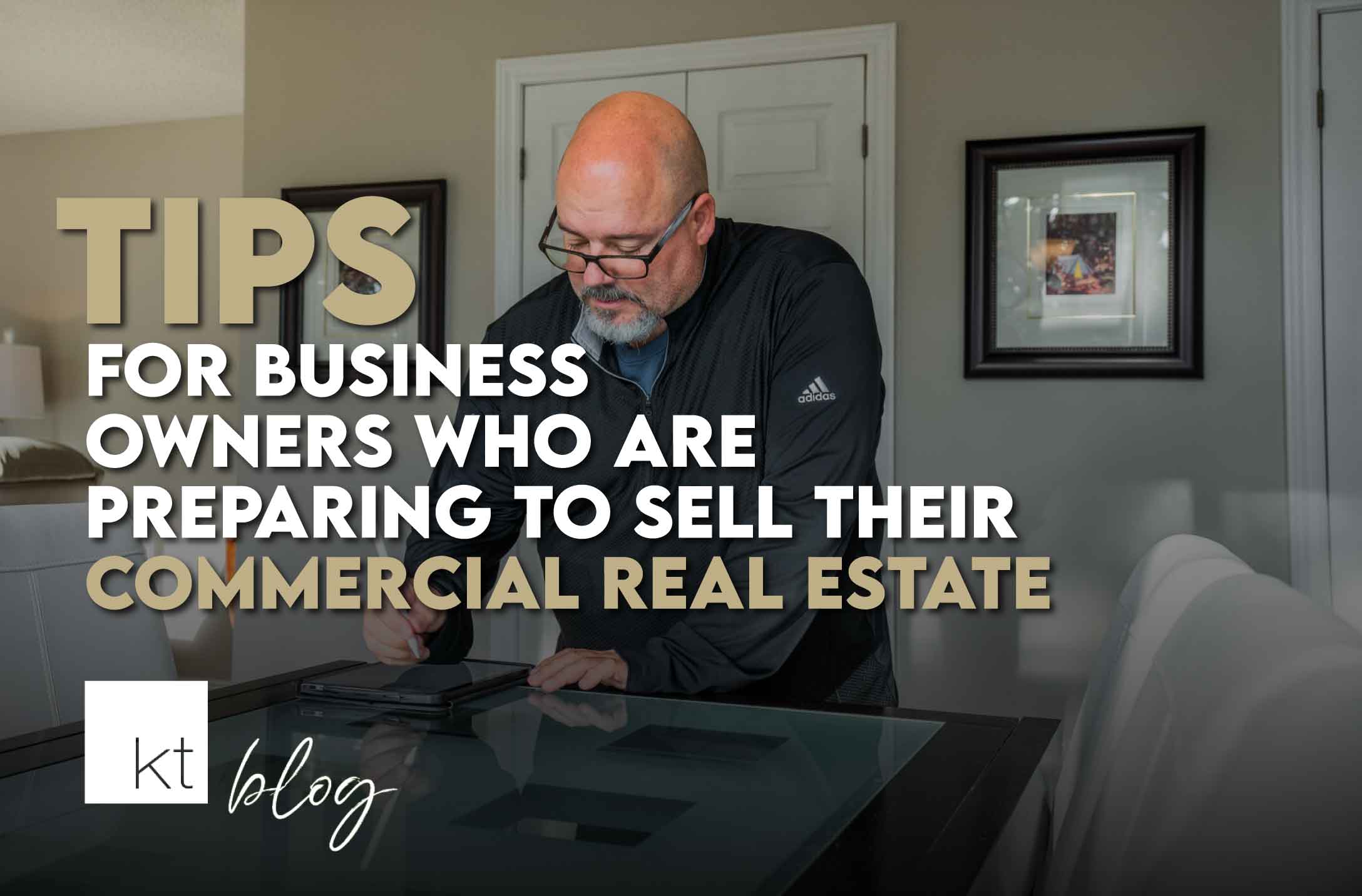Professional photos can bring out the absolute best version of a home. Whether you’re a photographer starting in real estate or a real estate agent who shoots their own listing photos, KT Realty’s resident media guru, Ian Funk, has tips, tricks, and recommendations for how to get the best possible house photos during your next shoot.
Real Estate Photography
Today, part of being a successful real estate agent means branding, marketing, and advertising. And a big part of that is being tech-savvy and mastering online marketing.
For those starting in photography, there is always plenty of demand in the real estate industry, and that demand continues to grow. For photographers and videographers, the barrier to entry is easier than in most markets.
Part of the challenge is getting enough consistent work to make a living. Another is that realtors usually need a quick turnaround on the real estate photos, with deadlines of 24 hours being common.
For Ian, becoming a part of the KT Team meant dependable work, the benefits of finding synergy within the team, and the opportunity to grow and develop. Going the freelance route means being outsourced, so what you’re doing becomes more of a product than being part of a team.
Must-Have Photography Equipment as a Real Estate Photographer
The most essential are lenses, a camera, and a lens cloth or blower bulb to ensure the image is clean. A tripod gives you time to frame the shot without holding the camera. When you need just one photo of a room, it becomes very subjective, and you want to ensure you’re getting the best angle. The more time you have to think about it, the better the result will be.
“I used to shoot Canon and switched to Sony about 7 years ago and haven’t looked back,” says Ian. “The difference between sensors and a camera is the same as a film stock—shooting with Kodak versus Fuji. Depending on the stock you buy, you’re getting a different image. Although you’re buying a Sony camera, every sensor within the camera will give you a different subjective look that helps define your style and your products.”
Ian didn’t see a need for our team to upgrade to the Sony A1 camera, here are his thoughts today.
Shooting RAW Photos
There are essentially two photo formats, JPEG and RAW. Raw files are those that have been minimally processed and are usually uncompressed. The files are significantly bigger because they have all the information.
On the other hand, when using JPEG, settings such as contrast and brightness are often already applied. You can edit the image during the editing process, but because the file has been compressed, not all the information the camera’s sensor captured during exposure is available.
You want a camera that shoots RAW.
Ian gives his insight into real estate videography tips in an episode of KT Confidential | The Real Estate Podcast
Using a Smartphone for Real Estate Photography
If you understand what makes a photo work, you can apply that knowledge using a smartphone.
Smartphone technology has come a long way, and while it may not offer the same quality photos as a DSLR or mirrorless system, you can still get some great shots for online listings.
There are plenty of YouTube videos on photography, but you may have too many options. It’s an organic process. Taking photos is the best way to hone your skills and perfect your style.
One of the most common mistakes people make is how they hold the phone. Most people will hold it out at arm’s length, but this is the worst way to get clear images. Bringing your elbows inward and holding them against your chest for a more stable position is much better. Better yet, invest in a tripod for added stability and sharper images.
Ariel’s Smartphone Photography Tips
- Use a tripod for stability because there’s always some shake when you hit the shutter. When the phone is completely still, you’ll get the clearest shots.
- Set the timer.
- Visualize and plan out what you want people to see in the image. Find the emotion in the room. Consider the angle and height when capturing the image.
- Make sure the lines are straight. Use the grid to ensure the corners of the wall are aligned.
Here are some tips for new real estate photographers and real estate videographers to help get you started.
The Problem with Misleading Real Estate Photos
When taking real estate photos, it’s important not to fake anything. People will notice. As much as you want to show the home in the best light and create a mood, nothing turns buyers off more than when they walk into a home and expect to see it look a certain way, which doesn’t meet their expectations. One of the biggest gripes people have is thinking the home is much larger than it is because a wide-angle lens was used to take the photos.
Ian’s Recommendations for the Best Camera Equipment Brands and Budget Alternatives
- Canon and Sony are the main brands for photography and video. Nikon is another solid company.
- Manfrotto tripods are good products with longevity and good customer service.
- Sigma lenses are a great way to get many without paying Canon or Sony prices.
- If purchasing Adobe, call them every year on Black Friday and tell them you want the Black Friday Deal to get 50% off your Adobe annual subscription.





